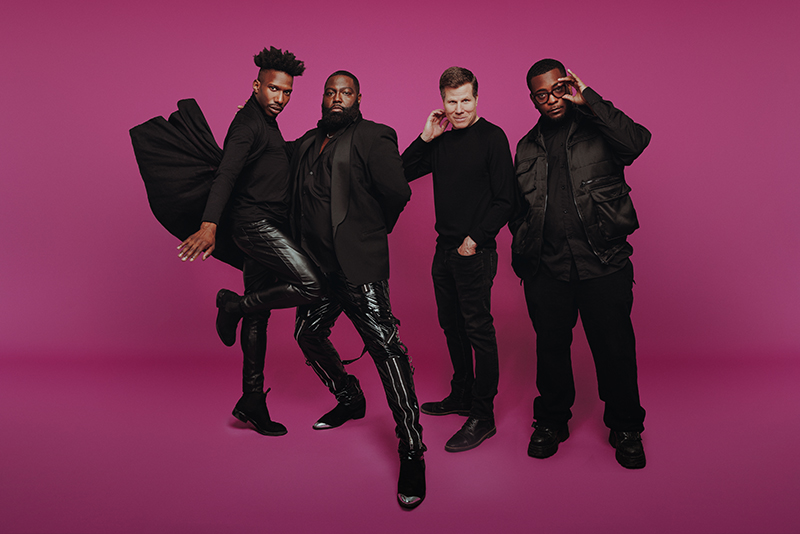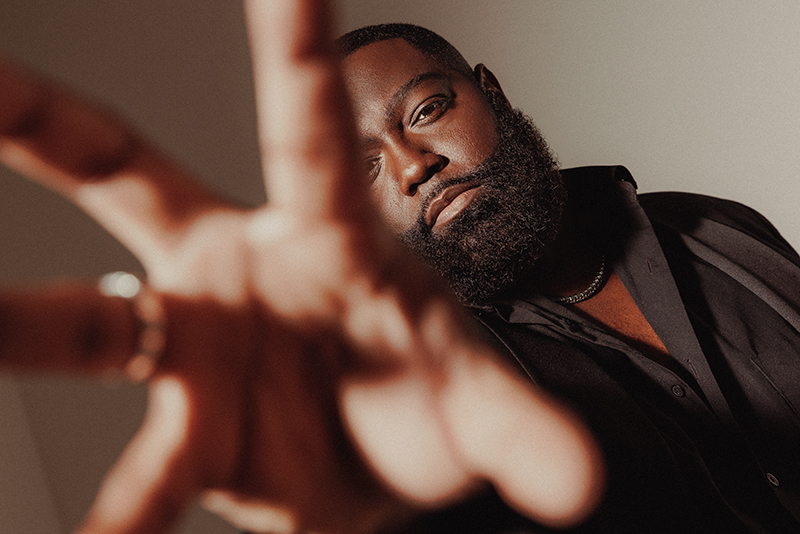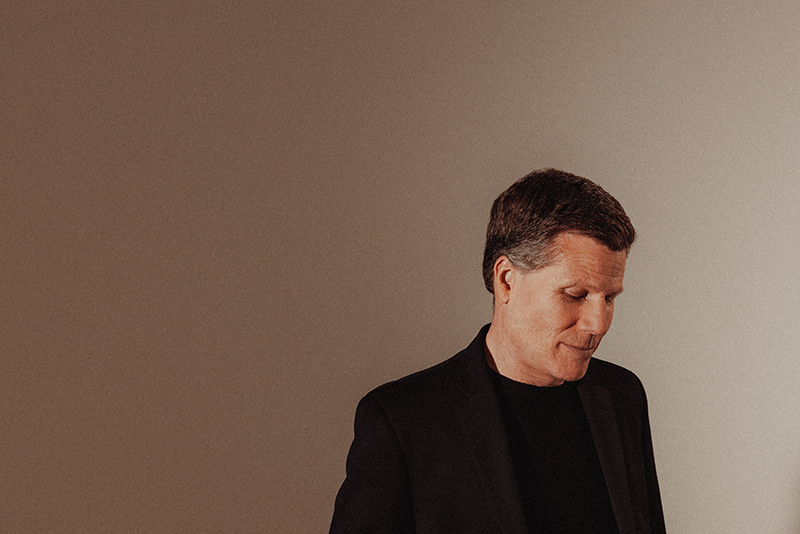‘Cats’ Struts Back to the Stage as an LGBTQ Ball
BY BONNIE EISSNER
The Jellicle Ball, that frisky feline song and dance number at the heart of Andrew Lloyd Webber’s blockbusting musical Cats, will take on a whole new meaning in June when the Perelman Performing Arts Center in New York City restages the play as an LGBTQ ball.
The concept is the brainchild of Bill Rauch, artistic director of PAC NYC. The idea came to him, he said, as he was preparing to mount a queer version of Oklahoma!, the Rodgers and Hammerstein musical, at the Oregon Shakespeare Festival, where he was previously the artistic director.
He first imagined the song Memory being sung in a gay bar. But then, after spending time with the material, it dawned on him: “Cats is not set in a gay bar,” he said. “It’s literally a ball. It’s a competitive ball.”
Eight years later, he and three other co-creators — co-director Zhailon Levingston and co-choreographers Omari Wiles and Arturo Lyons — are collaborating with Lloyd Webber’s production company, Really Useful Group, on a reincarnation of Cats that will center on human characters vying to win an LBGTQ ball and the prize of a new life.

Omari Wiles, Arturo Lyons, Bill Rauch, and Zhailon Levingston, Photo by Matthew Murphy
The new show, Cats: “The Jellicle Ball,” will be a fusion of musical theater and ballroom culture. Ballroom beats and sounds will be layered into Lloyd Webber’s original orchestrations. Vogue, hip-hop, and house dance styles will feature prominently, but jazz, modern, and ballet—reminiscent of the original—will be there too, the creators say.
A few months before opening night, the four lead creators reflected on this reimagining of a Broadway classic and what the show might mean for musical theater and for the LGBTQ community, especially the members of that community who, like Wiles and Lyons, have found a home in New York’s ballroom culture.
Wiles, who is from Senegal, grew up steeped in traditional West African dance. His parents founded the Maimouna Keita School of African Dance, and after the family moved to the U.S., Wiles took part as a performer and later assistant director. But in high school, he realized he needed a more authentic way to express himself. He discovered voguing, which, he said, saved his life. “I really owe it to ballroom and vogue for giving me the opportunity to express myself in a way that I felt like I couldn’t because of my family, because of my background,” he said.
Twenty years after being invited to his first ball, he has achieved legendary status and is the founding father of his own house, or dance family, the House of Nina Oricci.
In 2019, he started his dance company, Les Ballet Afrik, to share the experiences of Black and Latino members of the ballroom community through choreography that mixes vogue, African, and Latin dance styles. Less than a year later, the Guggenheim Museum’s Works & Process series commissioned him to create New York Is Burning, an homage to Jennie Livingston’s 1990 documentary Paris Is Burning that depicted New York’s underground ballroom community of mostly Black and Latino gay and trans men and women who lived together in Harlem in found families, or houses, and vied in lively and fiercely competitive dance and fashion balls. Wiles had become a fixture in that community by the time Rauch invited him to choreograph Cats.

Omari Wiles, Photo by Matthew Murphy
Together with PAC NYC gender consultant Josephine Kearns, Wiles and Rauch began to envision the fashion and dance categories, such as runway, face, realness, old way vogue (think Madonna), and vogue fem, in which the human characters, from the once glamorous Grizabella to the flashy Rum Tum Tugger, of their new production will compete. That selection process has continued to evolve, Rauch said, as he, his co-creators, and the cast collaborate in workshops.
Wiles, meanwhile, realized he couldn’t choreograph the dance-intensive show alone and invited Lyons to join him. They had just finished season two of Legendary, the Max ballroom reality series, which Lyons’ house, the House of Miyake Mugler, won, defeating Wiles’ house. But offscreen, the two are close. Lyons, an icon in the ballroom community, is Wiles’ mentor and friend. “He became my ballroom uncle; he became my life uncle,” Wiles said.
Lyons has been in the ballroom world since 1997. Over the years, he’s taken inspiration from the costumes and makeup of the original Cats for balls he’s been part of, and, he said, he’s still in disbelief to be creating this new version. “Just the word ‘musical’ alone still blows my mind,” he said.

Arturo Lyons, Photo by Matthew Murphy
He feels pressure, he acknowledges, to make the production as good as or even better than the original. Added to that is the knowledge that people in the ballroom community have never had a musical about them or with them. “Doing good for my community definitely keeps me up at night,” he said, “because I want to make them proud and still take the Andrew Lloyd Webber tradition and uplift it even further.”
Wiles echoed that he loves working with the all-LGBTQ cast and with people of different shapes and sizes. “It’s really giving them an opportunity in musical theater that you don’t see these days,” he said. “I have so many friends who get discouraged because they’re like ‘Oh, I don’t fit the mold.’ We want to create a world for them.”
Co-director Levingston, whose roots are in musical theater, sees Cats as the right show to bring the ballroom community into the world of musical theater. He still remembers being enchanted by Cats when, as a young boy growing up in Louisiana, he watched the 1998 video of the musical.

Zhailon Levingston, Photo by Matthew Murphy
Cats, like A Chorus Line, he said, made the ensemble the subject of the show. It even had a female choreographer — Gillian Lynne. “It wasn’t exclusionary in terms of who could participate in this world,” he said of the show, “it was actually wildly inclusive.”
With the new production, Levingston and his co-creators are bringing together cast members who are legends in the ballroom community who’ve never been in a musical with people who have only done musicals. Even the creative team reflects the collision of these cultures, Levingston observed. “We don’t want either one of those worlds to be a correction for the other world,” he said. Instead, they intend to create something entirely new.
“It’s really its own beast,” Rauch observed.

Bill Rauch, Photo by Matthew Murphy
One aspect of the original will be preserved, though. As with the London version of Cats, the set will be immersive. Audience participation is expected. “At a ball, the spectators, the audience, they’re not sitting down quiet,” Wiles said. “They’re rooting for the person that they want to win. They’re shouting for a house.” He added, “That’s the energy that we want the audience to also be embodying… because that’s going to make the entire theater feel like a ball and not just a show.”
Above all, Wiles and his co-creators hope this new Jellicle Ball will spark joy. “I want the audience to be entertained,” Wiles said. “I want them to be surprised. I want them to still have a reminiscence of the original Cats, but to see it in a whole new lens.”
~~
Cats: “The Jellicle Ball” at the Perelman Performing Arts Center in New York City opens on June 13 and runs through July 14, 2024.

Leave a Reply